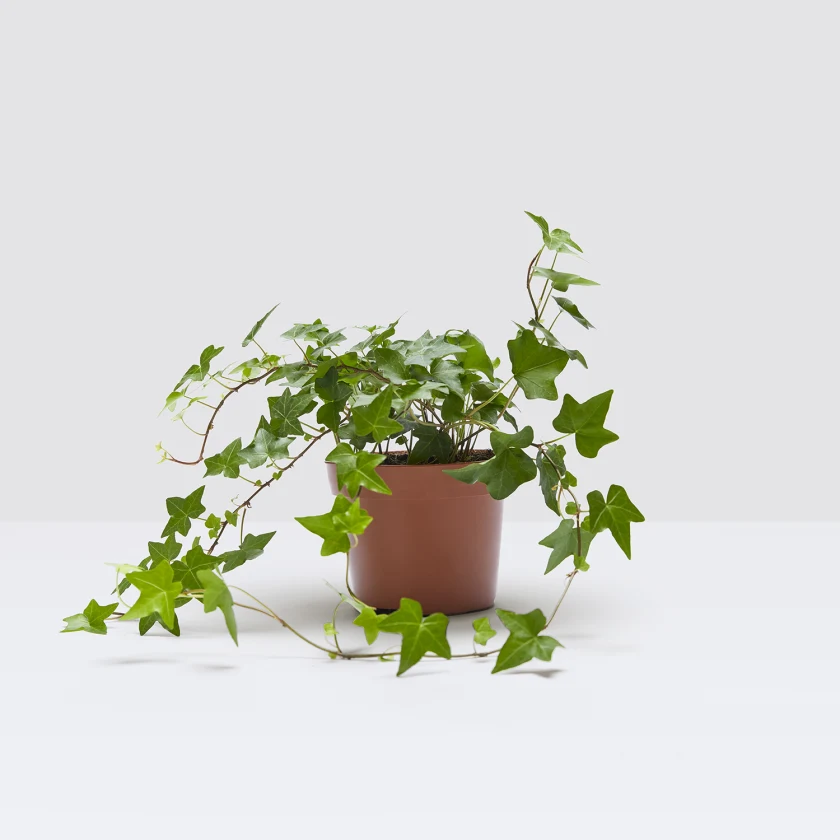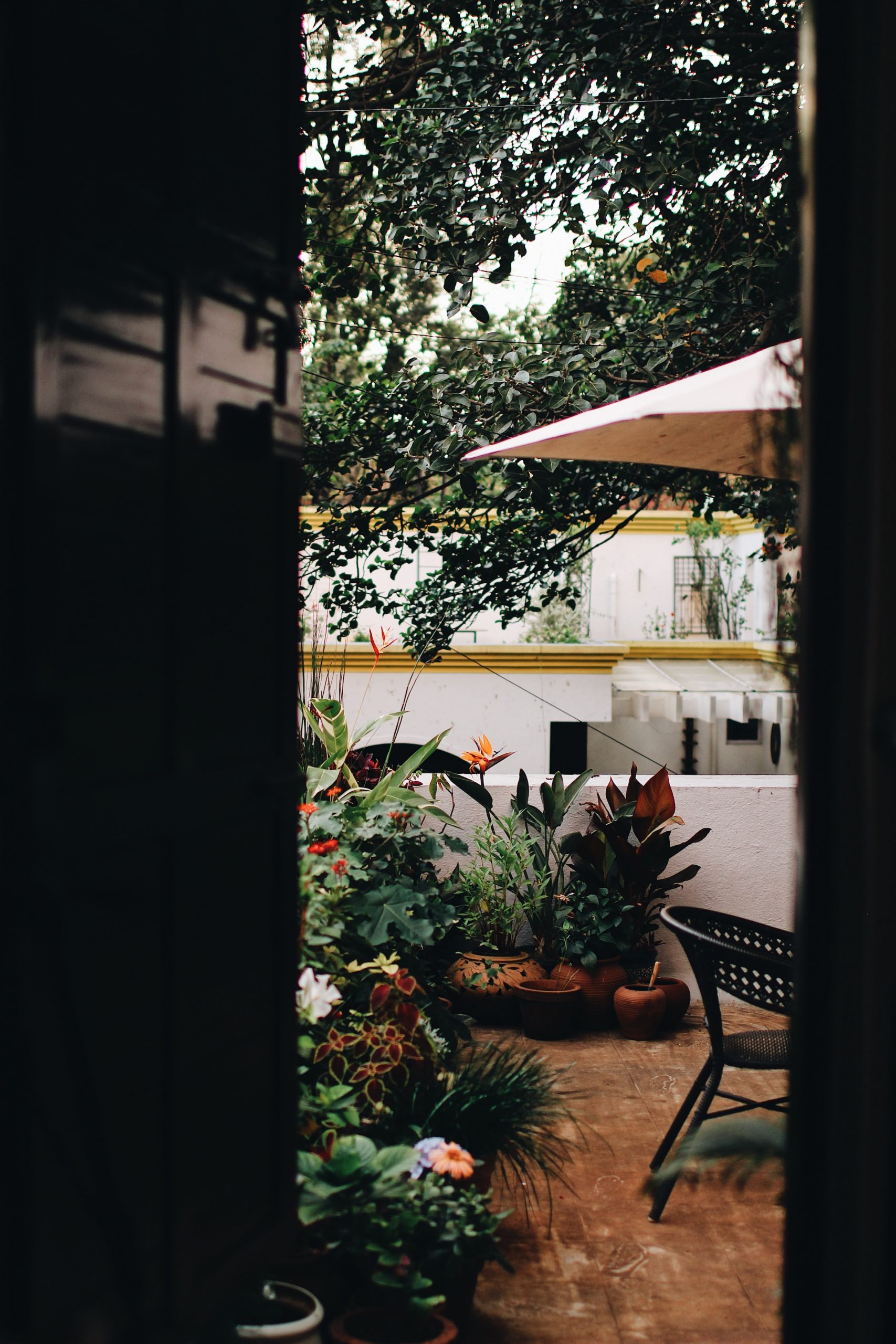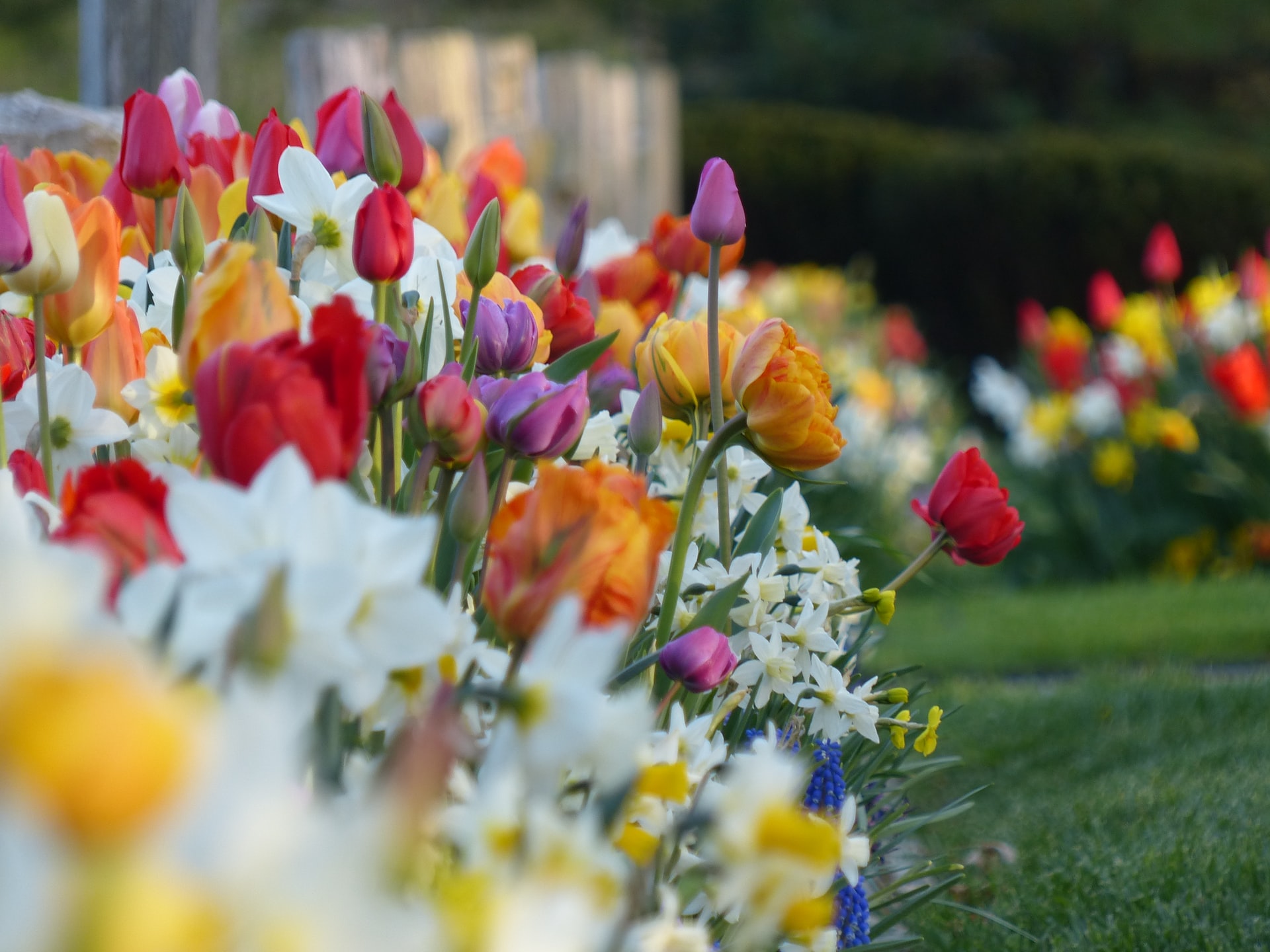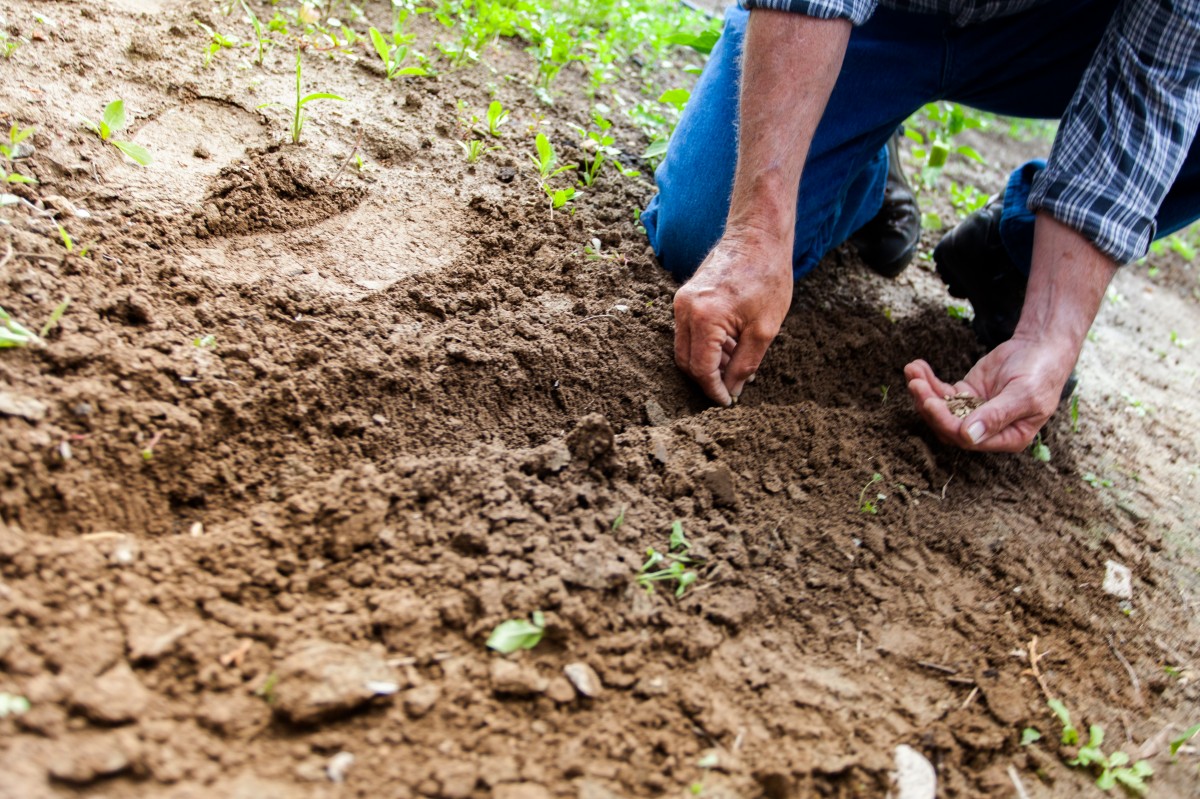Ivy is known as a fast-growing plant that likes to climb. As a result, you might think it is hard to maintain, but you’re mistaken! Here’s why it is one of many peoples’ favorite fall flowers.
Benefits
Hedera helix is better known as Ivy with many advantages. And this is not surprising. The primary reason is that it is a “fairly easy plant to grow. Especially now that there are ready-made hedges, you can create a green fence with it all at once. Plus, they are easy to care for and prune. In spring, you can prune it back to almost nothing, and it will sprout again in no time. The best part is that you can rely on this plant all year round. It is green all year round, even in winter.
Autumn Flowering
Not only is it green all year round, but it also blooms beautifully in Autumn with tiny flower buds. A real autumn bloomer, just like heather, Sedum, the Autumn anemone, and ornamental grasses. However, the plant is most beautiful in October when it is a climbing spur.
Good for Insects
Not only do we humans love this plant, but insects love it too. Since ivy blooms only in fall, there is plenty of nectar for bees and other insects that are active even in late fall.
Pruning
As already mentioned, this plant is very easy to care for. Repeated “pruning” and “guiding” will eventually produce a dense hedge.
In spring, you can prune it a little. That way it stays in place and doesn’t multiply as much. At first it may look a bit weak, but fortunately, when the vegetative season begins, it becomes beautiful and green again.
Likes To Climb
This plant is a good ground cover and can grow in almost any garden, large or small, sunny or shady. There is one condition, however. That is that, as its name suggests, Ivy likes to climb. Therefore, this plant needs something to climb.

Not Against the House
Be careful where you allow the plant to climb.” Ivy” clings to bricks and joints, so don’t stand it up against the house. It is difficult to remove ties once they have sprouted.
Removing Ivy
If you need to remove ivy, do it while the plant is still alive. If you cut the plant first, wait a long time for it to dry, and then try to remove it, it is often much more difficult. It is much easier to remove the plant when it is fresh.
Watering
When watering ivy, do not be too fussy. This houseplant would rather be a little too dry than a little too wet (this is true for most houseplants). Also, make sure the pot in which you grow the Ivy has drainage holes.
Ivy Prefers Moderate Light
Ivy prefers medium light, but adapts well to bright light. Ivy can be grown indoors in low light.
Ivy varieties with white spots on the leaves do not like direct sunlight as much as those with green leaves, so try varieties such as Ingrid Liz, Little Herman, and Nena for low light. The foliage of multifoliolate trees is more susceptible to damage from intense sunlight.

Fertilizing
Feed Ivies with a 20-20-20 fertilizer (or 2-2-2 organic blend) every two weeks during spring and summer. If the plant is under stress: very hot, very cold, very dry soil, or if leaf production has stopped, do not use fertilizer or plant food.
Do you have any other tips? Don’t hesitate to share it with us in the comments below!



